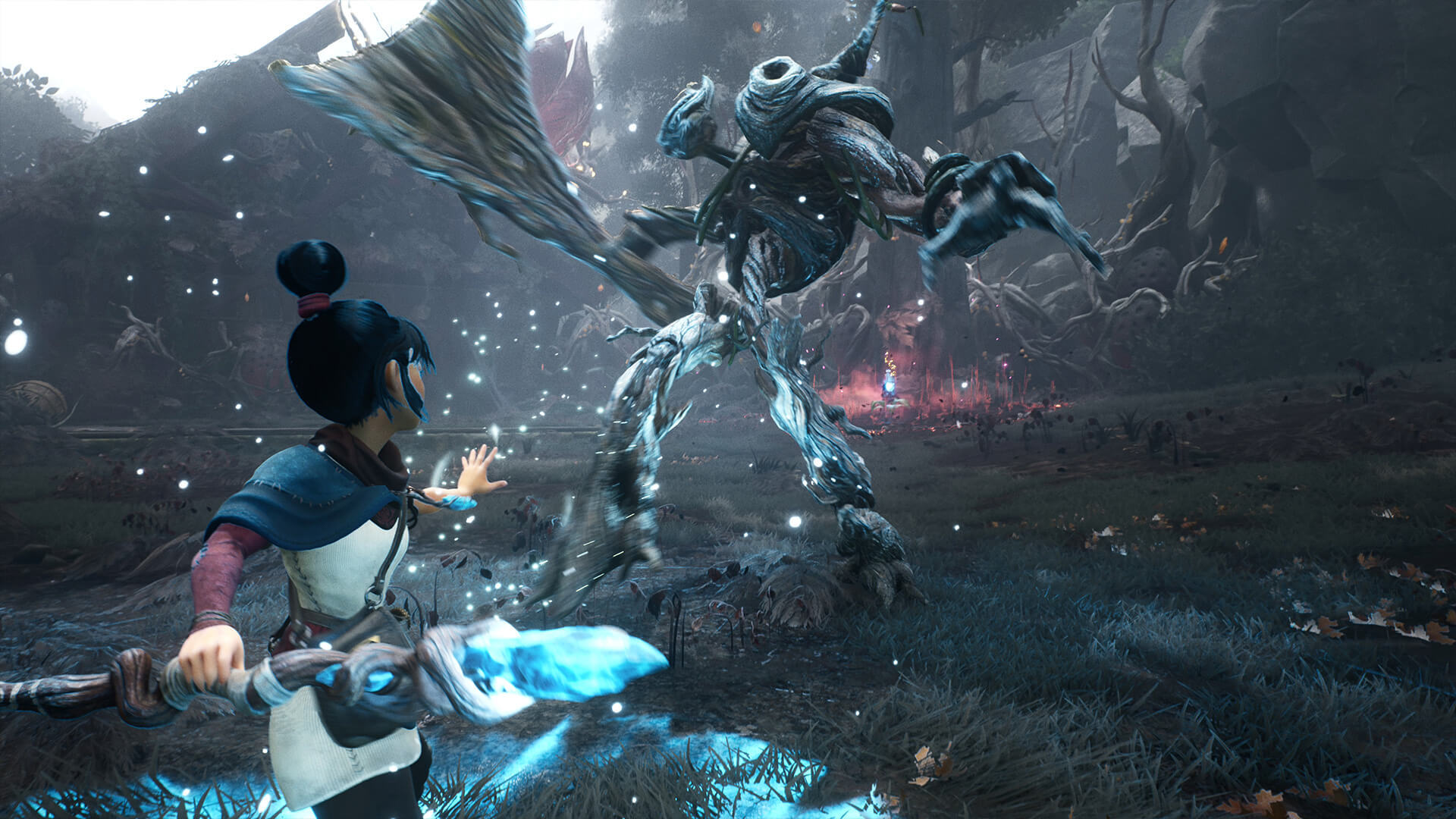Kena: Bridge of Spirits – Voice Acting, Setting, Combat and More Detailed
More details on Ember Lab’s Kena: Bridge of Spirits has emerged via Game Informer. The developer took to answering 20 of the biggest questions out there and offered up some new information in the process. For example, Kena (pronounced Kay-nuh) is voiced throughout and several of the songs are actually performed by her voice actor.
As for the setting, it’s fictional but serves as homage to real-world Easter locations like Bali, Japan and so on. It’s also noted that this isn’t Kena’s home and she’s “traveled quite far to get there.” As for the Rot, their name comes from being able to decompose things and their scattering is related to the corruption spreading through the land.
Some of the Rot’s functions include moving objects, imbuing attacks with “special powers”, reforming a broken bridge and even distracting enemies. The Rot can’t die but Kena will have to actually damage enemies and build up Courage to use their powers. Though Kena can morph her staff into a bow, she can also execute light, heavy and charged attacks while also generating a bubble shield to stagger enemies.
Ember Lab also noted that Kena: Bridge of Spirits isn’t an open world game. The main village serves as a hub to travel to the different adjoining regions. Also, though players can equip the Rot with a variety of hats found in the world and purchased with gems, there aren’t any microtransactions. The title also won’t be priced at $59.99 and its overall length should make it easy to “comfortably finish over a weekend.”
While the developer talked about the benefits of the PS5’s SSD and DualSense here, it noted some graphical improvements. Denser foliage and forests along with being able to see all of the collected Rot on-screen are a few things made possible on PS5. Though you won’t see as many on PS4, all 100 can still be collected and will be just as effective in combat.
Kena: Bridge of Spirits is out in late 2020 for PS4, PS5 and PC.
* This article was originally published here

Comments